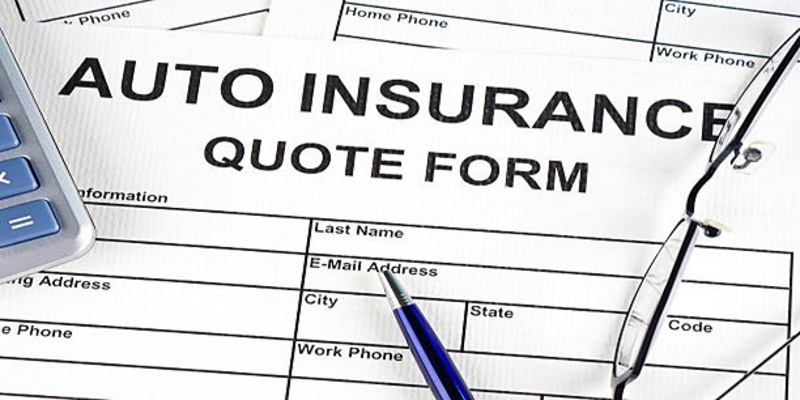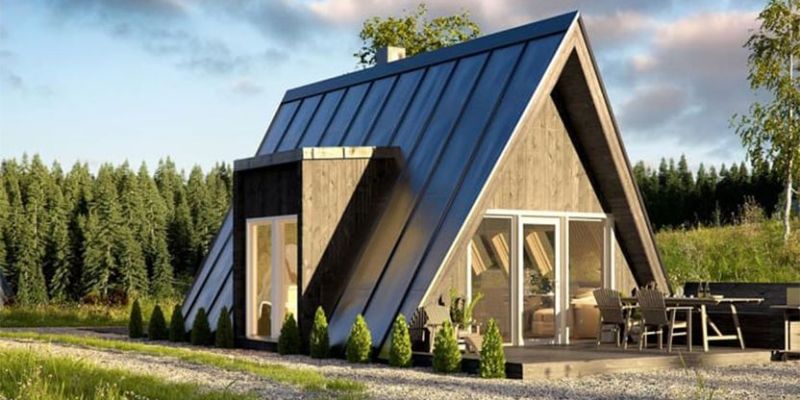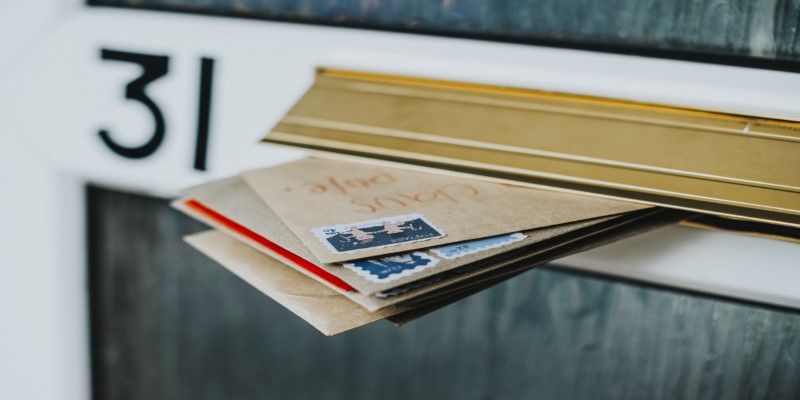Down Payment
Nov 29, 2023 By Susan Kelly
Down payments are the money a purchaser will pay at the beginning of buying a costly item or service. It is part of the purchase cost, and buyers will typically get a loan to pay for the rest.
How Down Payments Work
An instance of a down payment is a down payment for the house. The buyer of the home may be required to pay between 5% and 25 percent of the price of the house upfront when they take out a mortgage at a financial institution or financial institution to pay for the remaining. Car purchases that require down payments are similar to car purchases. The down payment cannot be refunded in certain instances when the deal fails due to the buyer. The down payment can be termed an investment, particularly in England, where the 5% to 0 percent deposit mortgage for home buyers are not unusual.
Examples
Home Purchases
In the United States, a 20 percent down payment for homes is the norm. However, mortgages that require 10 10% or 15 percent down are readily available, and it is possible to purchase a house with less than 3.5 percent down, for example, the Federal Housing Administration (FHA) loan. One instance in which greater down payments are typically required is in cooperative apartments, also known as co-ops that are popular in certain cities. Many lenders insist on 25 percent down, and some luxurious co-ops might require up to 50% of the down, but that's not typical. Naturally, you may be able to even put more down than the minimum amount if you want to.

Auto Purchases
If you are buying a car, a down amount of at least 20% will allow the buyer to be accepted for a loan and receive an improved interest rate and other conditions. Dealers may offer promotions with zero percent down to buyers who meet the criteria. Although no down payment is required, it could also mean that the lender charges an additional interest rate for the loan.
Benefits
Interest
The larger your deposit, the lower you'll be required to borrow and the lesser you'll have to pay in interest. For instance, if you get a loan for $100,000 with 5% interest rate, you'll be paying $5,000 in interest in the first year. If you deposit an additional $20,000 and then borrow $80,000, the first-year interest will be only $4,000, a savings of $1000.
The cost difference can be even more significant in the long run. For instance, borrowing $100k at a 5% rate would cost you $93,256 over 30 years. You can borrow just $80,000; the total interest expense will be $74,605 - less than $20,000. Furthermore, the lender could offer you a lower interest rate for your loan if you can pay more in the first place as you're less at risk.
Monthly Payments
In the same way, a higher down payment can reduce the amount you pay per month. In the same way as above, a $100,000 mortgage will require monthly payments of $537. A loan of $80,000 could reduce it to $429.
Mortgage Insurance
When purchasing a house, a higher down payment will allow you not to have to pay for PMI that reimburses your lender if you fail to pay the loan in full. If you can put down at least 20 and your lender is willing to accept it, they will not need PMI. (If you cannot make 20% of the down payment and are required to purchase PMI, keep in mind that you may ask your lender to eliminate this requirement once the equity in your home has reached 20 percent.)
How Much Do I Need for a Down Payment?
The lender or the seller can determine a minimum down payment if you're not financing the transaction. This will usually be at least a portion of the cost of the purchase. However, the price may be subject to negotiation in certain situations that are the most likely amount you'll have to come up with to complete the transaction. Beyond that, making a bigger deposit could lower your monthly payment and overall expenses in the same way as mentioned previously. Therefore, if you have to keep your budget within a certain level, it is possible to pay a higher down payment.

Alternatives to a Large Down Payment
If a significant down payment is not within your budget, there are other options. As we mentioned, loans with lower-than-standard down payments are readily accessible but may be more expensive over time. A way to save money for those who cannot make a substantial down payment for a house is to take out the amount you're able to, but be prepared to pay additional installments towards the principal of your mortgage as time passes. This will lower the amount you have to pay and enable you to pay off your mortgage more quickly should you decide to do so.

How Comprehensive and Collision Coverage Differ in Auto Insurance?

Building Trust: Elevating the Lending Process for Commercial Clients

A Comparison between Wealth Manager vs. Financial Advisor

Is There Any Relation Between The Consumption Growth and Inflation?

Supervision of Community Cryptocurrency

What You Need To Know About Recertifying For Income-Based Repayment

Which Global Stock Indexes Should You Know?

JP Morgan Personal Advisors review 2023

Honeywell Money

Unveiling the Strengths of North American Annuity: A Comprehensive Review

How Does A 0% Balance Transfer Work: A Complete Understanding
